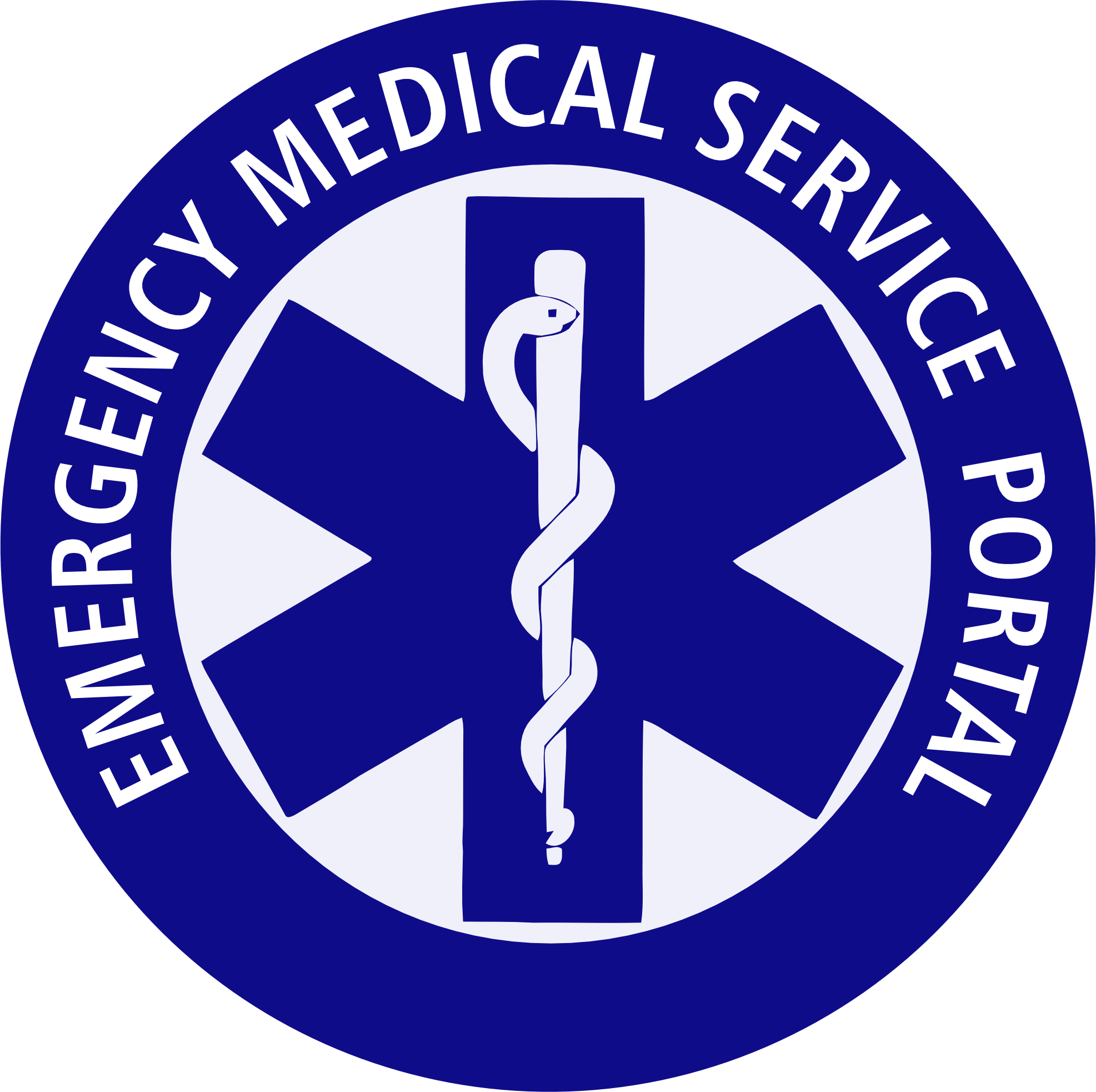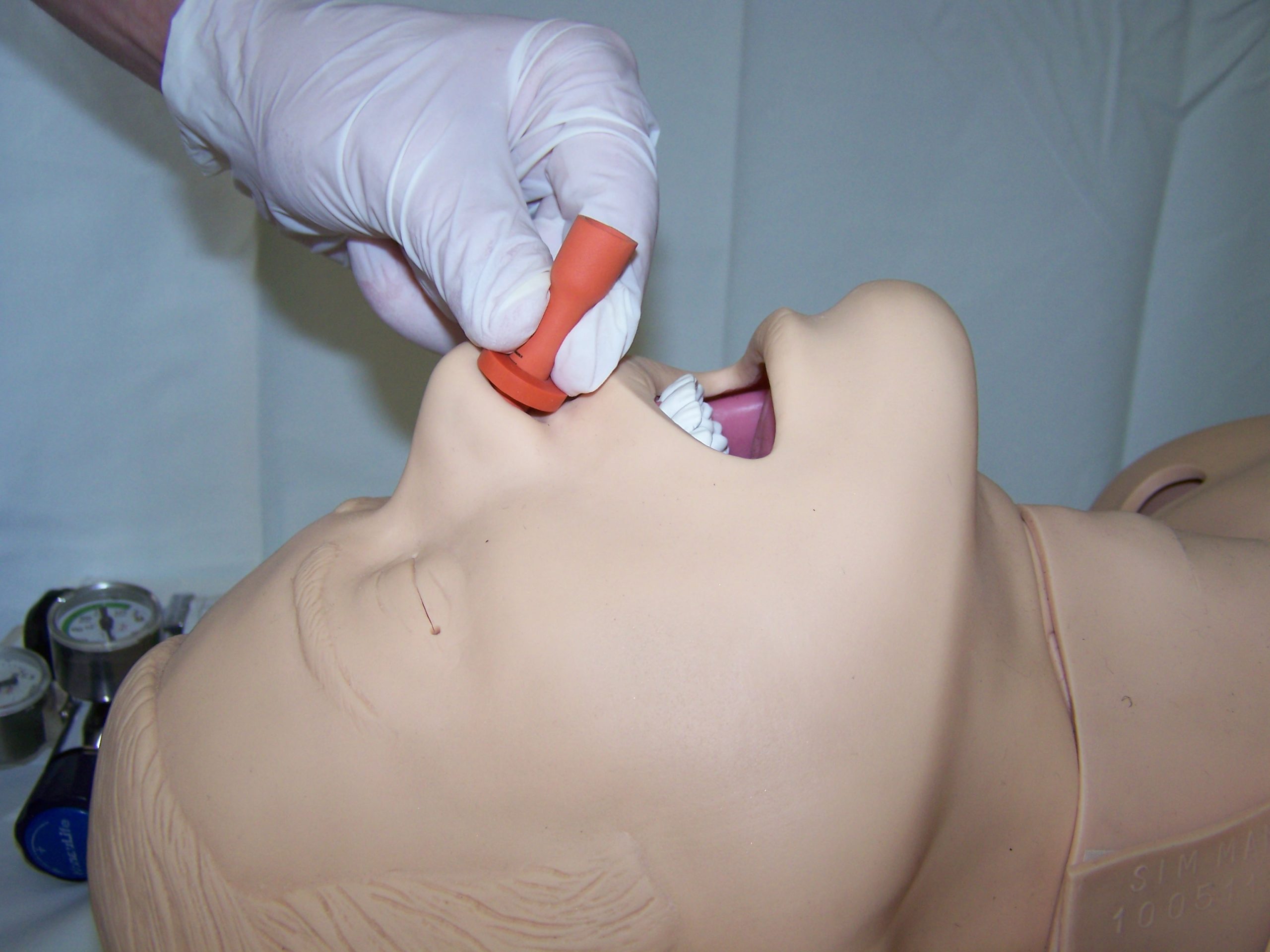Nazofaringealni tubus može se postaviti kod pacijenata koji nisu u dubokoj nesvijesti, a njezina uporaba može spasiti živote u uvjetima trizmusa, ozljeda lica ili nedostatnog otvaranja usta kada nije moguće postaviti orofaringealni tubus. Postoji manja vjerojatnost da će nazofaringealni tubus izazvati refleks povraćanja u usporedbi s orofaringealnom cijevi. Međutim, ako dođe do refleksa povraćanja tijekom postavljanja nasofaringealnog tubusa, to znatno povećava rizik od aspiracije ili grča gornjeg dišnog puta.
Za svakog pacijenta treba odabrati tubus odgovarajuće veličine. Nazofaringealni tubus koji je prekratak neće proći iza korijena jezika, dok će onaj koji je predug ući u jednjak, uzrokujući nadutost želuca i/ili nedovoljnu ventilaciju. Osim toga, izrazito duga cijev može potaknuti laringealne ili faringealne reflekse. Za većinu odraslih pacijenata koristimo nazofaringealni tubus s unutarnjim promjerom od 6 ili 7 mm. Duljinu tubusa određuje se mjerenjem od nosnice do resice uha. Većina nasofaringealnih tubusa dolazi s tvornički postavljenim zaustavljačem; međutim, ako ga nema, preporučuje se postavljanje sigurnosne igle prije umetanja kako bi se spriječilo da tubus sklizne u nosnicu.

